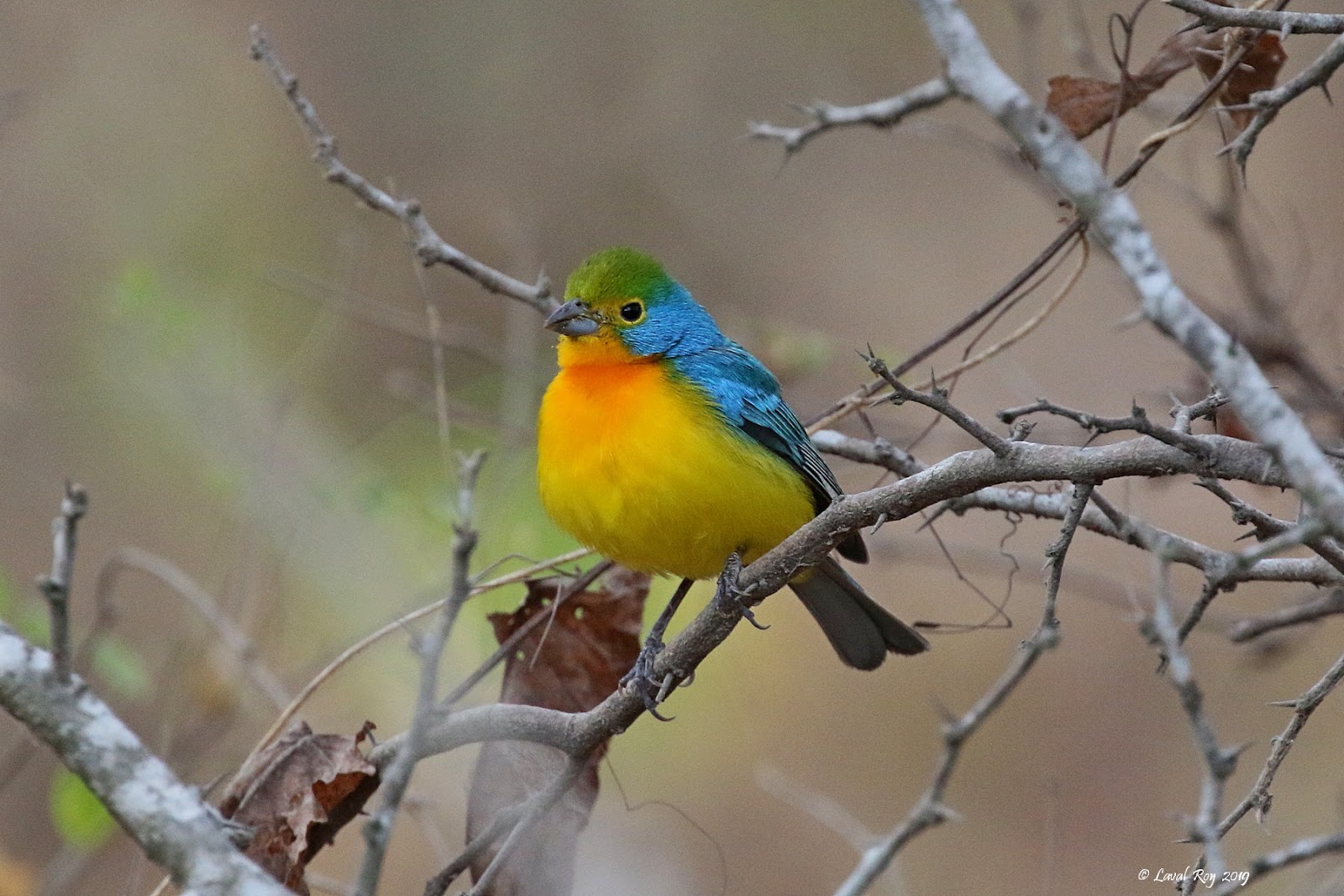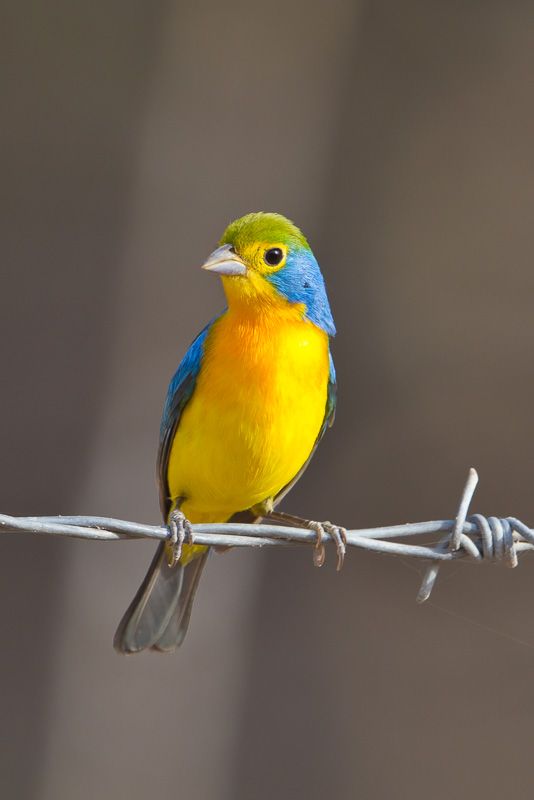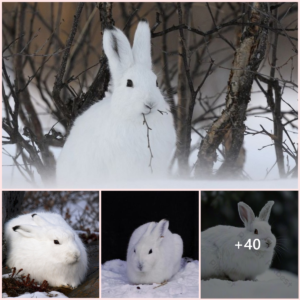The Orange-breasted Bunting is a small and colorful bird that belongs to the Cardinalidae family, along with other buntings, cardinals, and grosbeaks. It is endemic to Mexico, where it inhabits subtropical or tropical dry forests and shrublands. It is one of the most striking birds in North America, with a bright yellow and orange plumage in males and a yellow and green plumage in females.

The Orange-breasted Bunting has a black bill, a stout body, and a long tail. It measures about 12.5 cm (5 in) in length and weighs about 13 g (0.46 oz)2. It has 16 recognized subspecies, which differ in the amount of black and blue on the head and body1. The largest and darkest subspecies is found on the Queen Charlotte Islands off British Columbia.
The Orange-breasted Bunting lives in open wooded areas, especially with oaks, acacias, and eucalyptus. It is uncommon and often inconspicuous, as it forages mainly at middle to upper levels of the forest1. It feeds mostly on seeds, nuts, berries, insects, eggs, and small animals. It sometimes visits bird feeders, where it may compete with other birds for food. It has a loud and harsh voice, and can imitate the sounds of other birds, animals, and humans. It has a distinctive chuckling call note, and a song that resembles a robin’s but is clearer and less nasal.

The Orange-breasted Bunting breeds from March to June, depending on the location. It builds a cup-shaped nest of twigs, moss, and mud, usually in a conifer tree. The female lays 3 to 6 greenish or bluish eggs with brown spots, and the male helps to incubate the eggs and feed the young. The chicks fledge after about 16 days, and stay with their parents for another month or so.

The Orange-breasted Bunting is a resident bird that does not migrate. It is not threatened by extinction, and has a large and stable population. However, it may face some threats from habitat loss, fragmentation, and degradation, as well as from predators, parasites, and diseases. Therefore, it is important to protect and conserve its natural environment, and to appreciate its beauty and role in the ecosystem.






